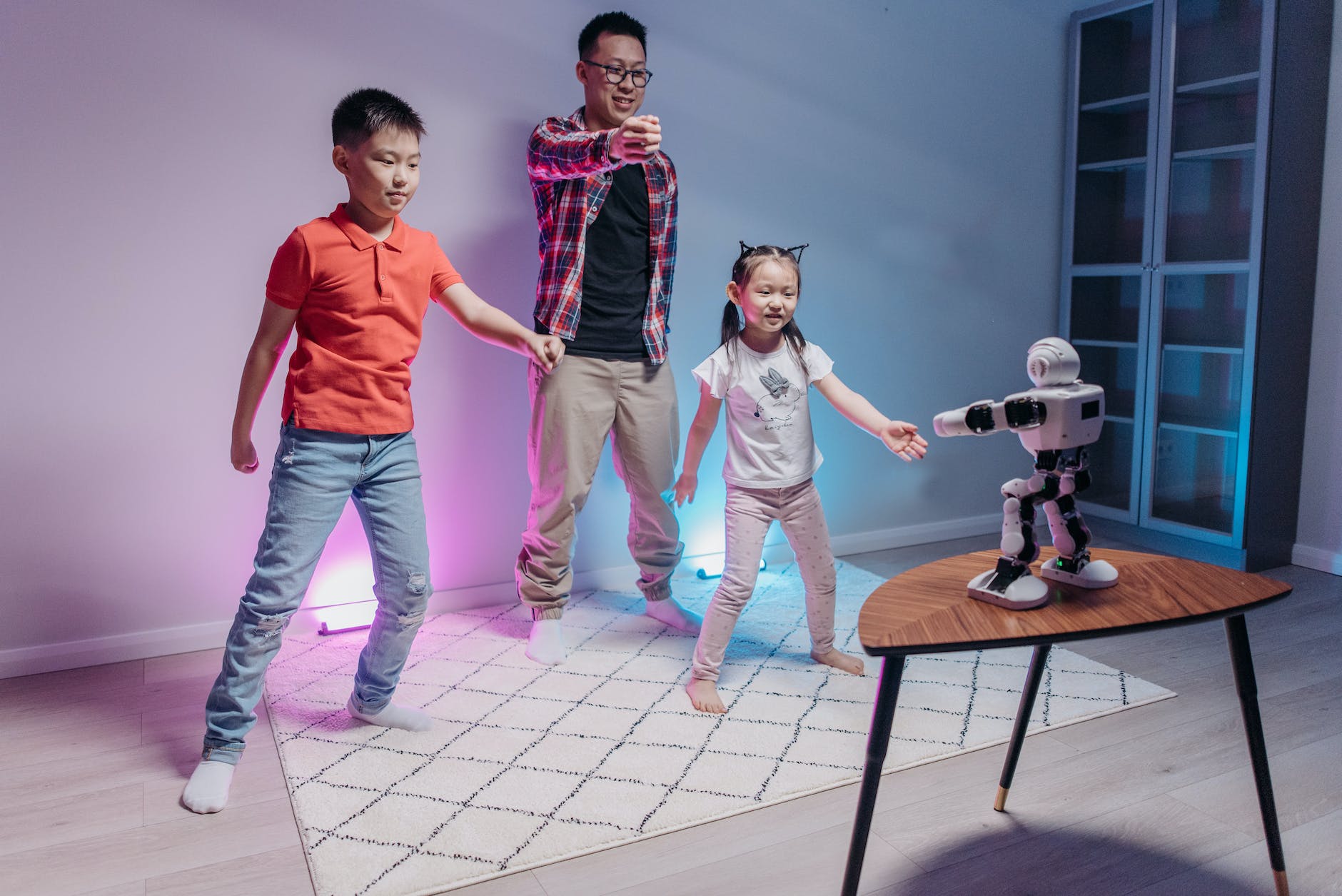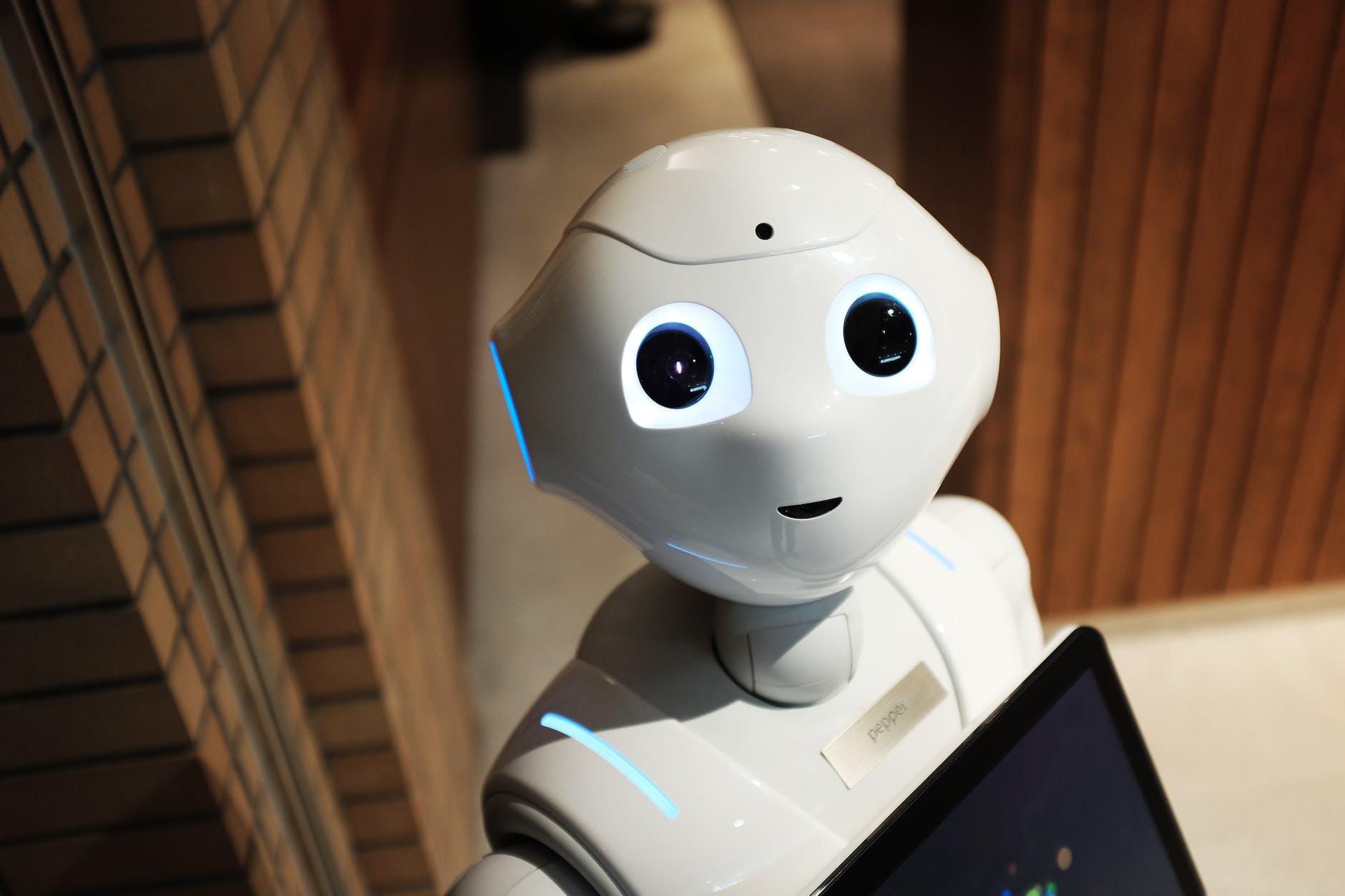
Applications of Humanoid Robots
Applications of Humanoid Robots
Applications of Humanoid Robots have been the stuff of science fiction for decades, but their real-world applications are starting to make waves. These machines are designed to look and move like humans, with advanced AI systems that allow them to interact with their environment in ways that were once thought impossible.
Humanoid robots are advancing AI, and their various applications in logistics, healthcare, education, and customer service industries. We will also take a closer look at some popular humanoid robots like NAO, Sophia, Atlas, Digit, ARMAR-6, Promobot and Ameca that are making waves across the world.
Lastly, we will discuss how humanoid robots could potentially impact society and whether they can replace human workers in certain industries.

What are humanoid robots?
Humanoid robots are robots that are designed to mimic human appearance and behavior. They have a head, torso, arms, and legs like humans. They can be used for various tasks, including assisting people with disabilities and performing dangerous jobs. ASIMO by Honda and Sophia by Hanson Robotics are popular examples of humanoid robots.
How are humanoid robots advancing AI?
Humanoid robots are contributing to the progress of AI by serving as a testing ground for new algorithms and enhancing natural language processing, speech recognition, computer vision, and object recognition. Additionally, they aid in studying human behavior and cognition, leading to advancements in emotional intelligence.
Applications of humanoid robots in logistics
Humanoid robots have proven to be extremely beneficial for logistic companies in recent years. Whether it is picking, packing or sorting tasks or transporting heavy items across warehouses, these advanced humanoid robots have proved their worth in automation of logistics processes.
With the help of advanced sensors and precision technology from companies like Agility Robotics, these service robots can identify defects and reduce human errors seamlessly.
Advantages of using humanoid robots in healthcare
The integration of advanced humanoid robots in healthcare has revolutionized the industry. Precision is a significant advantage as they can perform delicate and precise procedures accurately.
In addition to providing emotional support to patients, they can collect and analyze patient data aiding in diagnostic processes. This leads to reducing the workload of face-to-face interaction with doctors and also helps in reducing the cost involved. The use of such robots is expected to grow exponentially in recent years.
NAO, the humanoid robot for education
Designed for education purposes, NAO is an interactive robot that responds in real-time. With advanced sensors and software from Japan, this versatile humanoid can also walk, dance and speak with ease. Ideal for classrooms or homes to engage students in new ways of learning.
Its whole-body mobility enables it to explore various applications of robotics including precision-controlled torques.
The increasing popularity of Sophia, the humanoid robot
With advanced AI and a growing range of applications in healthcare and education, humanoid robots like Sophia have become increasingly popular for use in various industries.
These robots can monitor vital signs and assist with teaching lessons, making them a valuable tool for increasing efficiency and reducing costs. As the field of robotics continues to advance at a rapid pace, it’s clear that we’ll be seeing even more innovative uses for these machines in the years to come.
The future of robotics and AI
As we move towards the future of AI and robotics, it is clear that humanoid robots have become an integral part of various industries such as healthcare, entertainment purposes, and logistics.
Their deployment has led to automation of dangerous tasks that were earlier difficult for humans to perform. With advancements in machine learning and artificial intelligence, these robots can learn from real-time data and improve their performance. While there are concerns about their impact on human workers, they continue to grow in popularity in recent years.
Atlas, the humanoid robot from Boston Dynamics
Atlas represents a major step forward in the field of robotics and AI. This advanced humanoid robot from Boston Dynamics is designed to perform a wide range of tasks with precision and agility.
Equipped with highly sensitive sensors and cutting-edge technologies such as machine learning and artificial intelligence (AI), Atlas is poised to revolutionize industries ranging from healthcare to logistics. As robotics technology continues to evolve at an unprecedented pace, we can expect humanoid robots like Atlas to become increasingly common.
Digit, the agile humanoid robot for logistics
Agility Robotics’ Digit is a highly versatile humanoid robot designed specifically for logistics purposes. With advanced sensors and machine learning capabilities, it can easily navigate through complex environments while carrying packages weighing up to 40 pounds and climbing stairs with precision.
Its easy customization and integration with existing warehouse systems make it ideal for use in a range of applications. As robotics technology continues to advance rapidly in recent years, we can expect more advanced humanoid robots like Digit to be developed for various purposes.
ARMAR-6, the humanoid robot with advanced grasping capabilities
ARMAR-6 is a highly adaptable humanoid robot that is designed to perform tasks with precision. With its sophisticated sensory capabilities and camera integration, it can easily navigate through unstructured environments. The robot’s advanced abilities make it ideal for use across different industrial domains, including healthcare and education.
Use of ARMAR-6 results in the attainment of new frontiers in robotic technology. In the field of robotics technology advancements in terms of smoothness of trajectory tracking have made significant differences in recent years.
Promobot, the humanoid robot for customer service
Businesses across industries are deploying robotics and AI solutions to enhance their customer service capabilities. Promobot is one of the most advanced humanoid robots used for this purpose. Equipped with state-of-the-art features like voice recognition, facial recognition, and natural language processing, Promobot can interact with customers seamlessly.
It can not only answer FAQs but also provide directions and process payments. In recent years, service robots like Promobot have become increasingly popular in the hospitality industry.
Ameca, the expressive humanoid robot for entertainment and therapy
The expressive humanoid robot Ameca is perfect for entertainment and therapeutic purposes. With its advanced facial recognition technology, it can interact with humans naturally and expressively without any awkwardness.
This makes it an ideal candidate for use in various therapy sessions too. Moreover, the ability of the robot to perform complex moves such as dancing, singing or telling jokes has made it popular in the entertainment industry as well.
Agility Robotics’ Cassie and Digit, a glimpse into the future of humanoid robots
Agility Robotics’ Cassie and Digit are two of the most advanced humanoid robots designed to navigate unstructured environments using torque control for trajectory tracking smoothness. They have been developed to perform tasks ranging from delivery and inspection to exploration.
The ability of these robots makes them ideal for deployment in fields like entertainment where they can be used for precision movements or dangerous tasks like space travel or operating vehicles in challenging environments.
In recent years there has been significant growth in human transplant organs due in part to the use of service robots like Cassie and Digit which have virtuous cycles of deployment resulting in increased mobility and workload off-loading for human workers.
Humanoid robots and their impact on society
Humanoid robots have immense potential in varied industries such as healthcare, education, and hospitality due to their ability to mimic human behavior. These intelligent machines can assist with tasks such as patient care and customer service with advanced AI capabilities that help them learn from their surroundings.
Despite being a significant technological advancement, there are concerns about the ethical implications of their deployment. The impact on employment is also an area of concern that needs further exploration.
Related Articles
- Humanoid robot concept art
- Robots humanoid
- Types of humanoid robots
- Robots with Emotions
- AI in Robots
Can humanoid robots replace human workers?
Although humanoid robots may replace human workers in certain industries, they have limitations in problem-solving skills and flexibility compared to humans. Robotics and human collaboration can enhance productivity while ethical concerns about replacing human workers with robots remain.
Conclusion
Humanoid robots are a significant step towards achieving true artificial intelligence and have already made impressive advances in various fields. They provide an opportunity to automate complex tasks that were once only possible for humans. Such as logistics, healthcare, education, and customer service.
While some people may worry about robots replacing human workers. It’s important to remember that they can work alongside humans to achieve better efficiency and productivity. As technology continues to advance rapidly, the future of humanoid robots looks bright. To explore more on how humanoid robots are changing the world. Read our blog on the latest applications of humanoid robots.
Join our Social Media on Facebook and Instagram for more conversation.

